|
Views from hill, Sundial, Vanbrugh Castle, Roman
Remains,
Flower Garden, Ancient trees, Bandstand, One Tree Hill, Drinking
Fountain & Deer Trough, Deer Enclosure
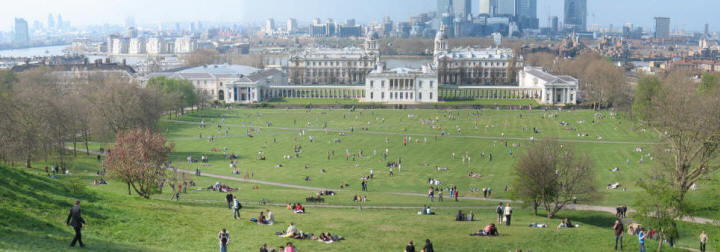
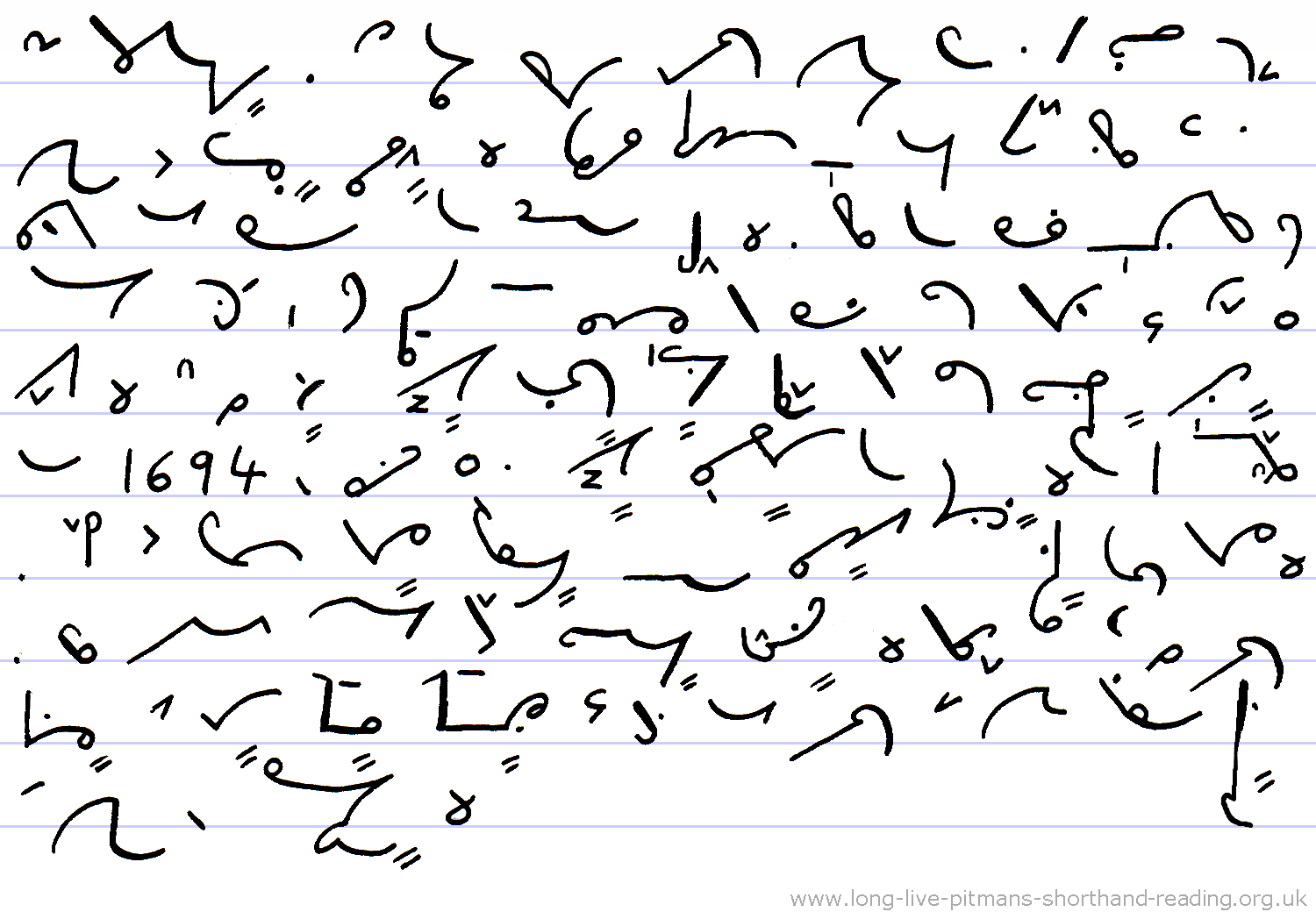
32.
Beyond the Observatory the land falls steeply to river
level, over a large grassed area, leading to the Queen's House.
This was at one time* cut into giant steps, with a slope in the centre for
walking down. The steps have since collapsed through
natural erosion, but their shadows can sometimes be seen from below
when the light is right.
Beyond is the Old Royal Naval College, designed by Sir Christopher
Wren in 1694 to serve as a Royal Hospital for
Seamen. It occupies the site of the former Palace of Placentia, King
Henry VIII's favourite palace. The buildings are now managed by the
Greenwich Foundation. Behind that is the River Thames and the Isle
of
Dogs
and Docklands, with the bend in the river on the left passing
Deptford*
and leading to Central London.
* "at one time" Halving to
represent the T of "time"
* "Deptford" The P is not
pronounced
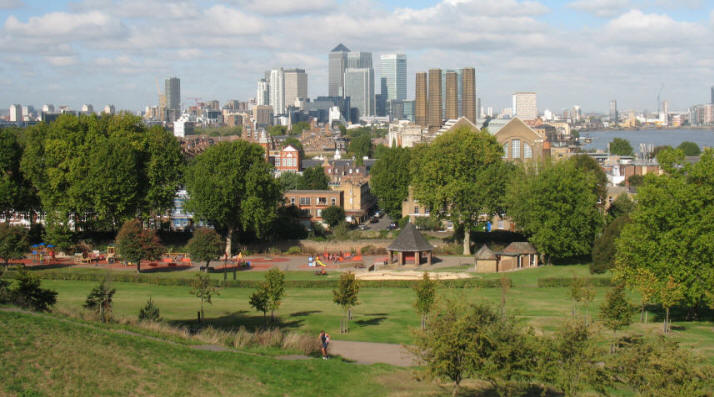
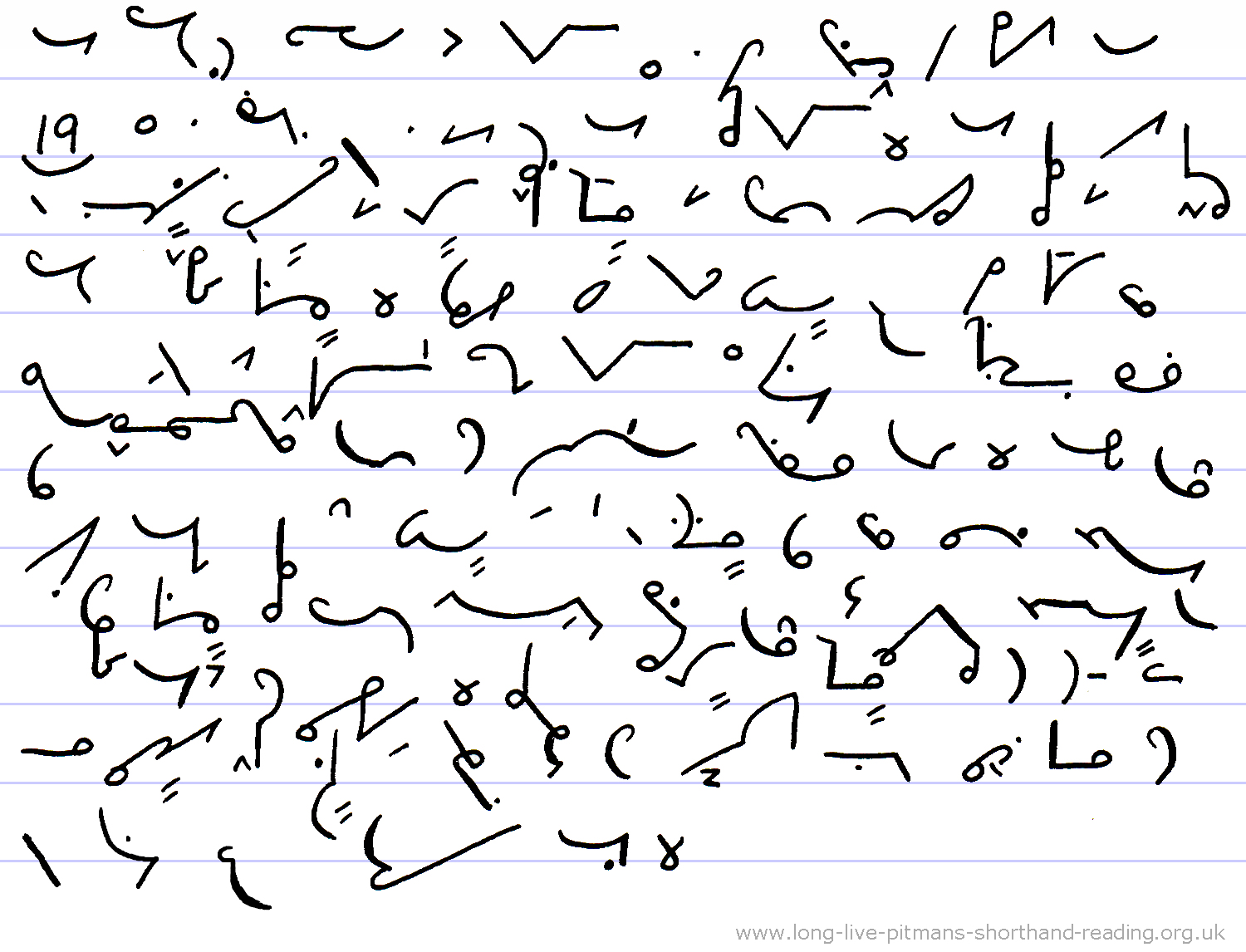
33. In the north-east corner of the
park is a
children's playground, which started in 1900 as a sandpit to be a "seaside
in the park." In the distance are the towers of Canary
Wharf on the Isle of Dogs on the former marshes on the north side of the Thames.
This was
the first part of London to have such tall buildings spring up,
and the outlook from the park has changed dramatically since these
skyscrapers have made their looming presence felt. Instead of views
reaching into the distance, beyond London and on to Essex, these
buildings seem to bring the other side of the Thames nearer and interrupt the spacious views that
the inhabitants of Greenwich have
enjoyed throughout history.
It is possible
that the*
Isle of Dogs was so called because Henry VIII, and possibly
other royalty, kept hunting dogs there, to be fetched whenever they
were needed.
* Omission phrase "it is
poss(ible) that the"
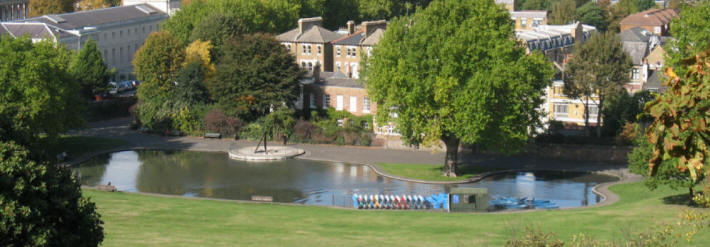
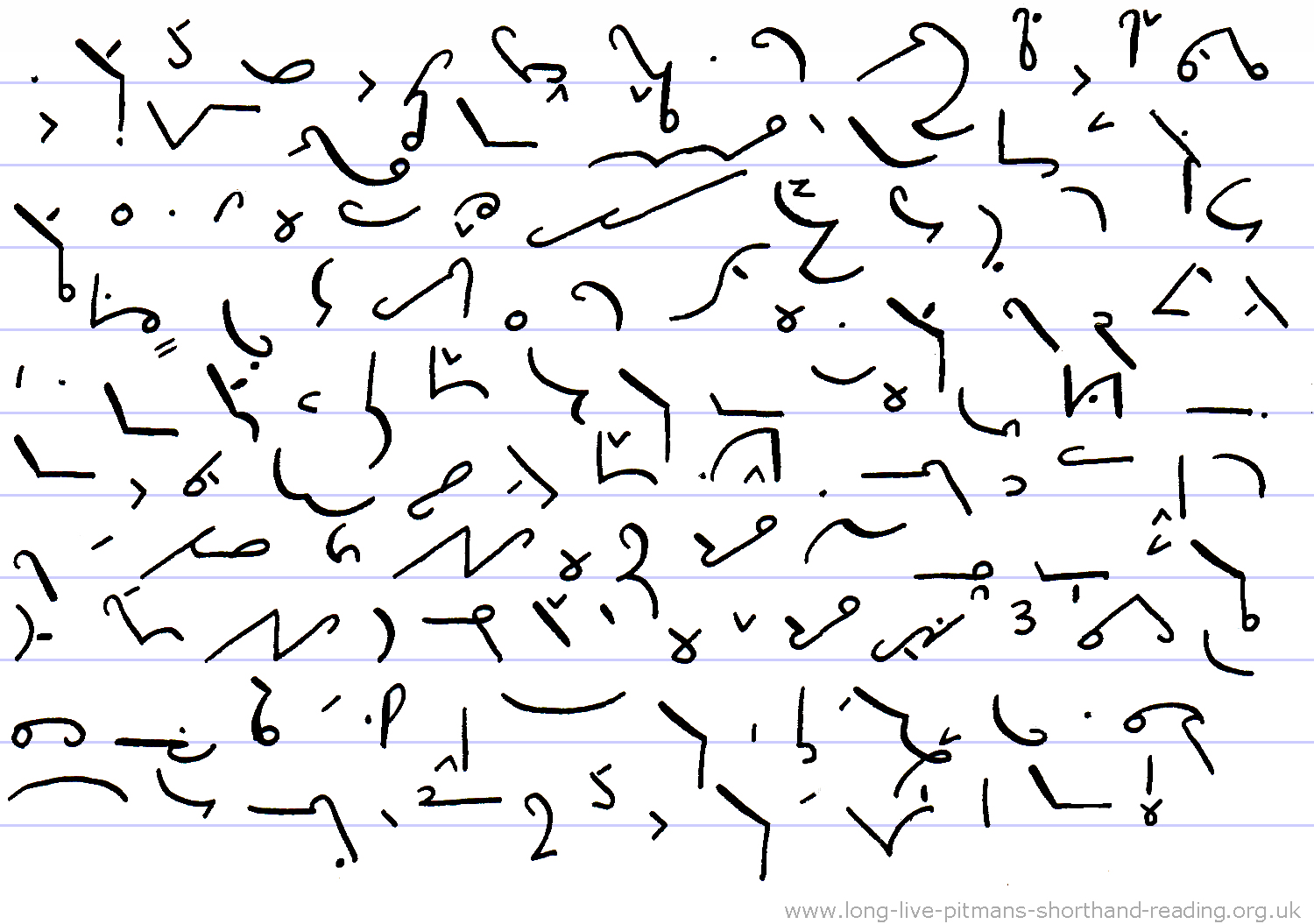
34. The boating pond next to the children's
playground provides a very refreshing contrast to the dry slopes of
the park and brings back memories of being taken on the pedal*
boats
as a child. In our*
minds we were voyaging over the sea or along the Thames, even though
the water is very shallow. The boat number would be chalked up on a
big board when it was time for that boat to come in.
If you
delayed coming back to the hut, having used up the time allowed, the
keeper would call out your number and request that you return. There
were*
always long queues to go on the boats, so prompt return was expected
by all. I always wondered what would happen if someone ignored all
this and stayed out in their* boat, but it would obviously have been a simple
matter for the keeper to walk through the pond to the boat and pull
it back!
* "pedal" Insert the
vowel in this and "paddle"
* "in our " R Hook to
represent "our"
* Omission phrase "there (w)ere"
* "in their" Doubling
to represent "their"
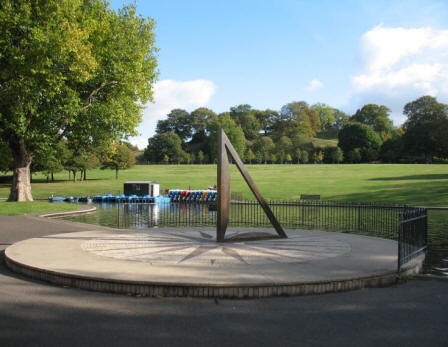
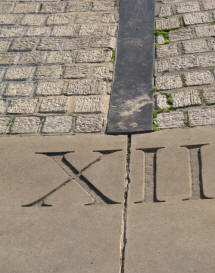
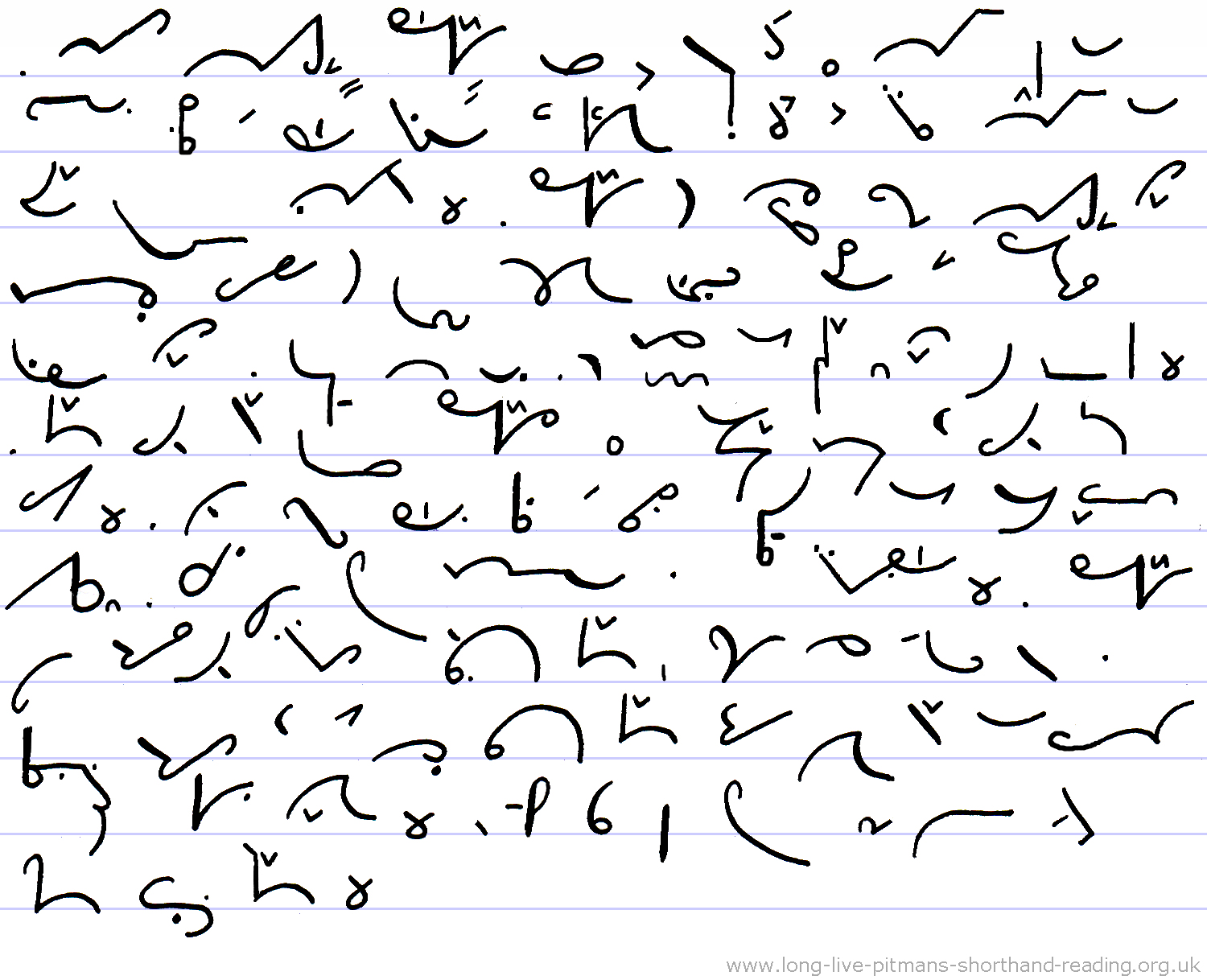
35. The modern Meridian Sundial next to the
boating pond
is marked out in granite setts and stone paving*,
with twelve points of the compass marked in shiny pink marble. The
sundial was misplaced from the meridian line two metres westward, so
if you have yourself photographed
standing
on the northwards-facing line, the photo may need the word "almost"
in the title you might wish to give it. The time shown by fixed
sundials is unlikely to match that shown on your watch. The low
number of sunny days, and hence shadows, in the English climate
reduces
the chances still further of making a comparison. The sundial
will
always show apparent solar time, but there will most often be a
discrepancy
between
that and the mean solar time that we live by in normal daily life.
To study this difference further, you should look up the term
"equation of time".
* "paving" Keep the
Ing proper length and thick, so it does not look like a halved N,
which would be "pave(m)ent". Halved N used for "-ment" is never
vocalised.
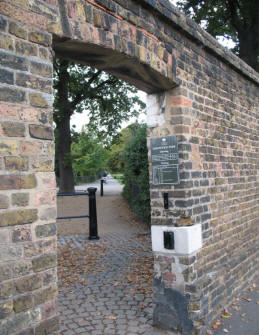
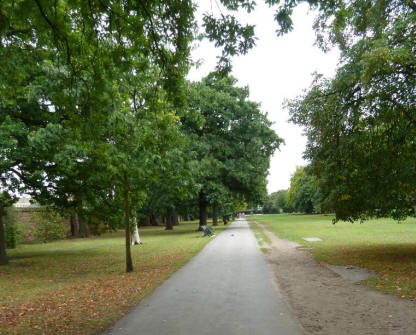
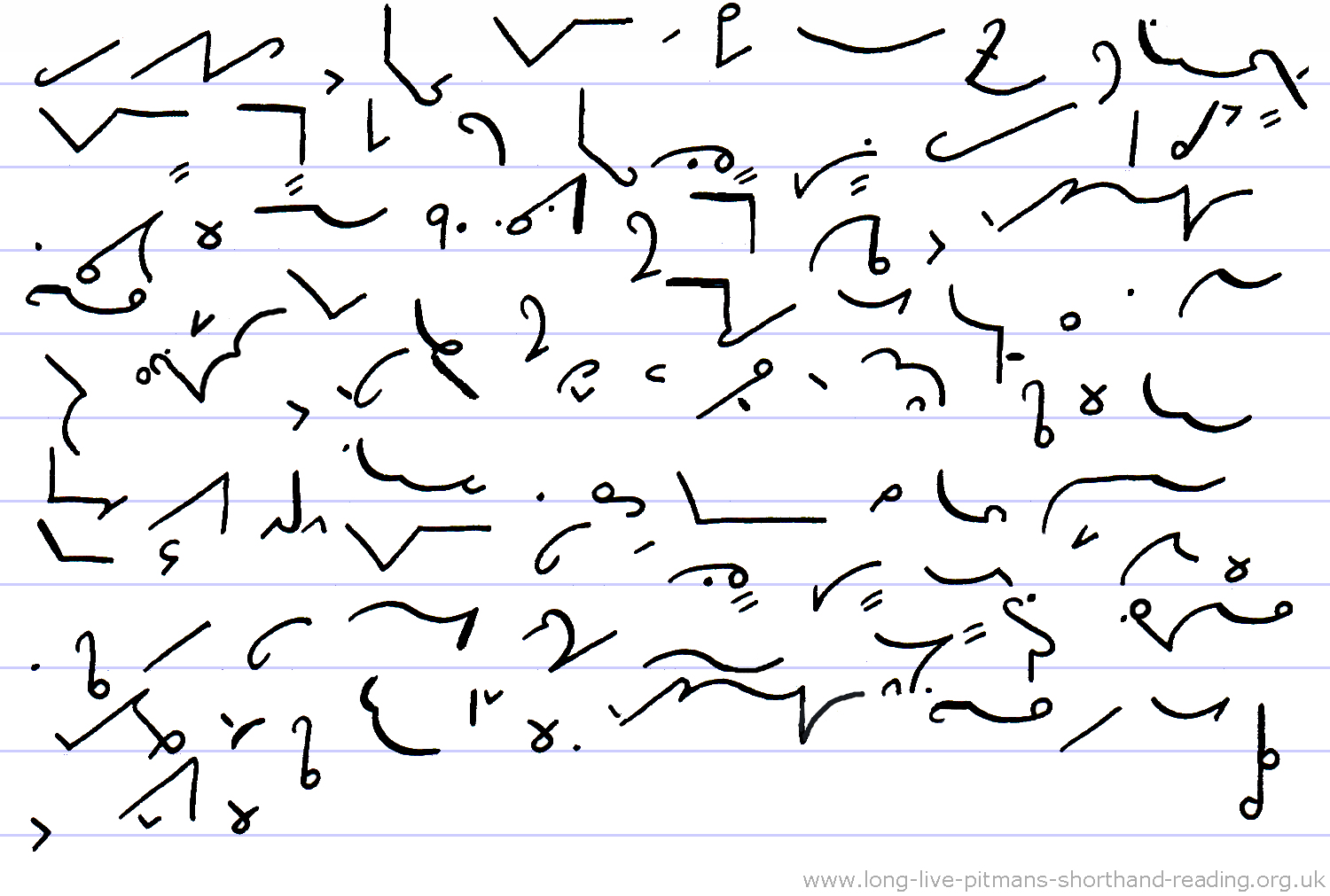
36. We
return to the top of the park, and start another journey through
Vanbrugh Park Gate at the very top of Maze Hill where it joins the
heath. Going straight ahead through the gate leads to the ornamental
gardens, but the part visible through the gateway in the photo is a
long path parallel to the wall, lined with rows of mature trees.
Having taken the
route
down the avenue, the second picture is the view looking back, with
the park wall and Maze Hill now on the left. The trees are well
managed, and there are many newly-planted saplings to replace the
old trees that have died. The ornamental gardens are in the distance
to the right.
 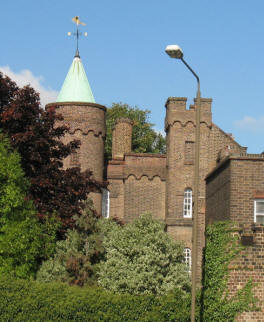
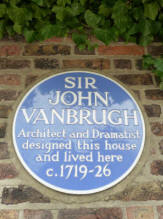
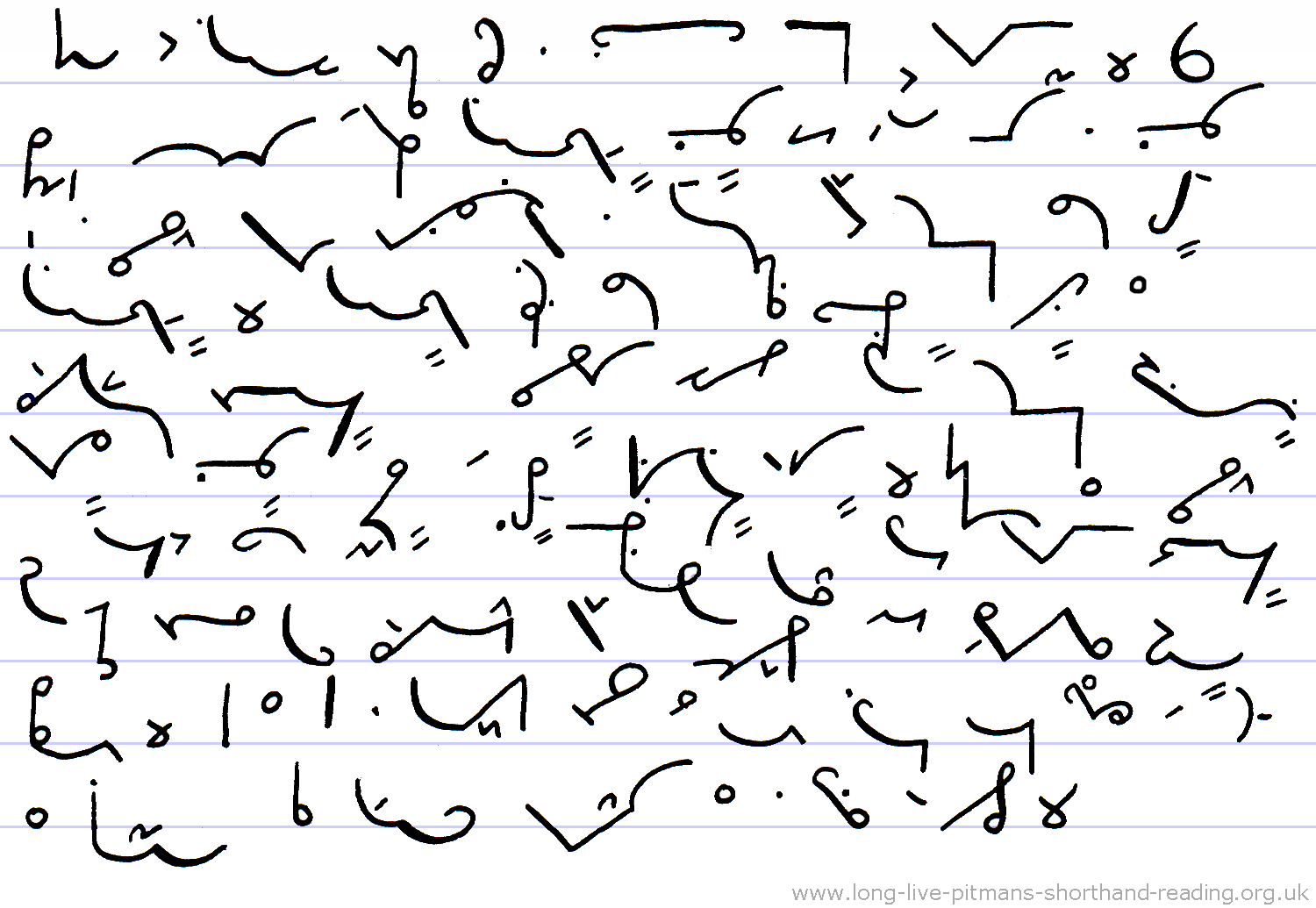
37. At the end of the avenue of trees there is
a
grander gate to the park. This is situated immediately opposite Vanbrugh
Castle – not actually a castle but a house built to resemble a fortress by the
architect Sir John Vanbrugh. Vanbrugh assisted Sir Christopher Wren as surveyor to
Greenwich Hospital and was the architect of Blenheim Palace, Castle Howard and
Seaton Delaval Hall. At the time, his house would have enjoyed more extensive
views over the park and Greenwich, and it would of course have been
surrounded by countryside and not the suburbs of London, as it is
now. It has had a variety of uses and is now converted into
apartments, and so is continuing its function purely*
as a
place of residence.
* "purely/pure" Distinguishing
outlines, "poor/poorly" use downward Ar.
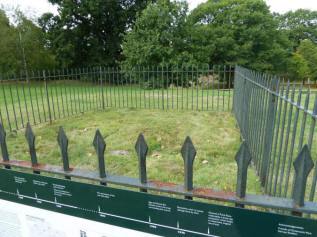
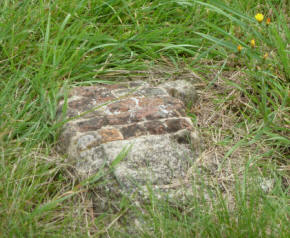
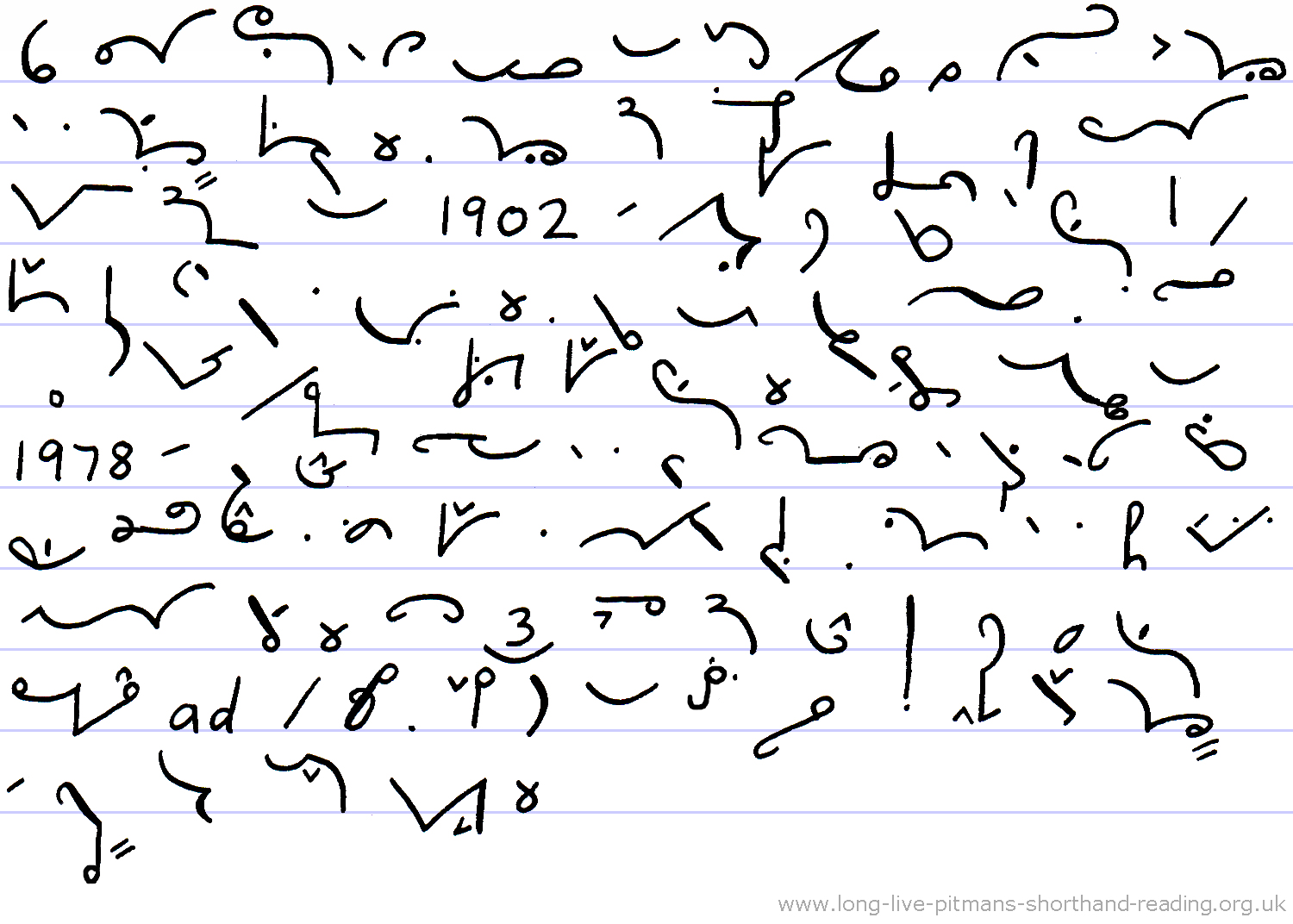
38. This small
square of
land*
enclosed in iron railings is the location of the remains* of a Roman*
temple. The remains were
accidentally
discovered during normal park work in 1902 and revealed three pieces of
flooring, at which time it was thought to be a villa. The piece now visible
amongst the grass is part of the reconstructed tessellated tile floor.
Subsequent
investigations in 1978 and 2000 found the corner of a building, fragments of
painted wall plaster, stone inscriptions, a stamped tile, a marble tablet*, the arm of a statue,
pottery and animal bones. More than 300 coins were found, dating throughout the
first four centuries AD, which suggests the site was in constant use by Romans
and Britons for that entire period.
* "of land" No
phrased, as that would look like "island" which could also make
sense here
*
"remains" "Roman"
Best vocalised in an archaeological context in order to distinguish
* "tablet" Insert the
last vowel, as it is similar to "table" and "tableau"
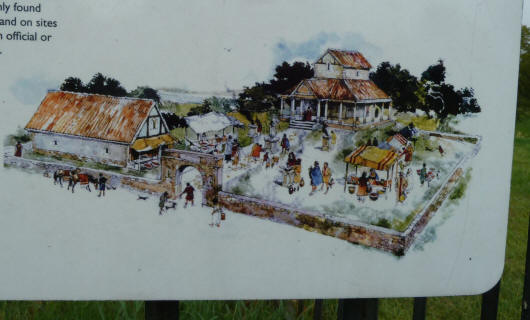
This is the artist's version on the railings in the park.
Photographic digital reconstruction:https://www.royalparks.org.uk/parks/greenwich-park/things-to-see-and-do/ancient-greenwich/roman-remains
and note
the millennium dome in the
background!
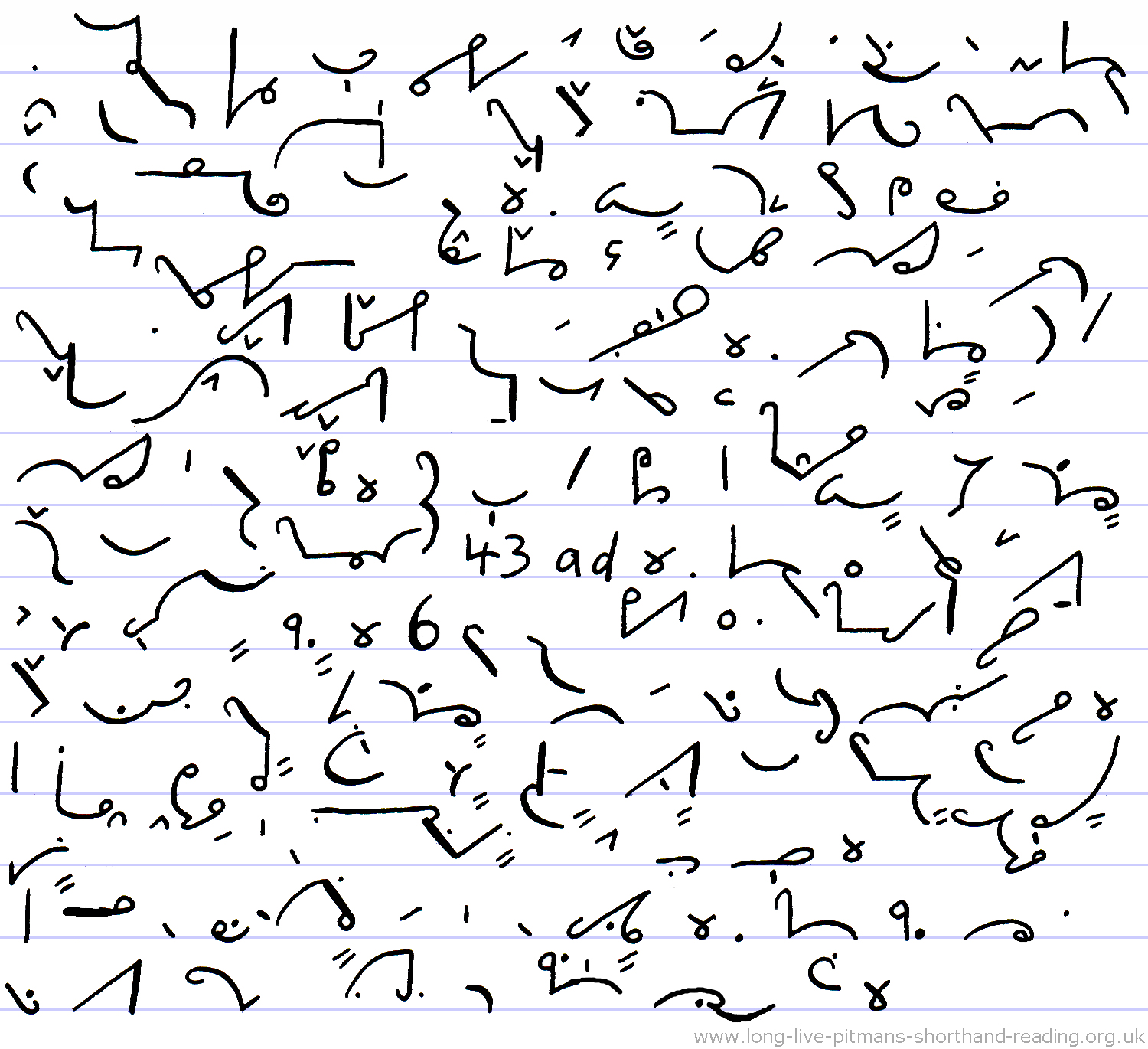
39. The
noticeboard
details the known history and the finds, and shows a painting of how the temple
might have looked, provided by the archaeology television programme that
undertook the excavations in 2000. The London area has been settled since
prehistoric times, with the forests, marshes and river providing a wide diversity of food
and resources. The River Thames was much shallower and wider in the past, with
tributaries, islands and marshes on both sides. There was no large settlement at
London until the Romans arrived in approximately 43 AD. The temple is positioned on the route of the
old Watling*
Street. This is believed to have started as a
trackway used by the ancient Britons, which the Romans
improved and paved for their own military use. It continues
southwards along Old Dover Road in Blackheath, over Shooters Hill and on to
Canterbury and the Kent coast.
Northwards
it goes to St Albans and on to Wales*. The term
"street" means a paved road, from the Latin word "stratum" meaning flat.
* "Watling" Outline
reflects derivation. The words "wattle, wattling" etc" have T with L hook"
* "Wales"
Distinguishing outline for this placename, the town "Wells" has the Wel stroke.
The nouns wells, wales (=weals, scars) have the Wel stroke as per normal theory.
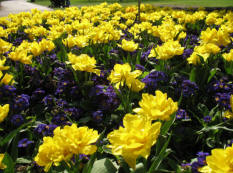
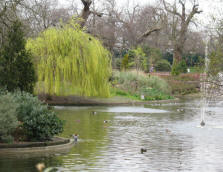
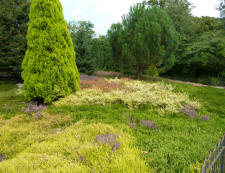
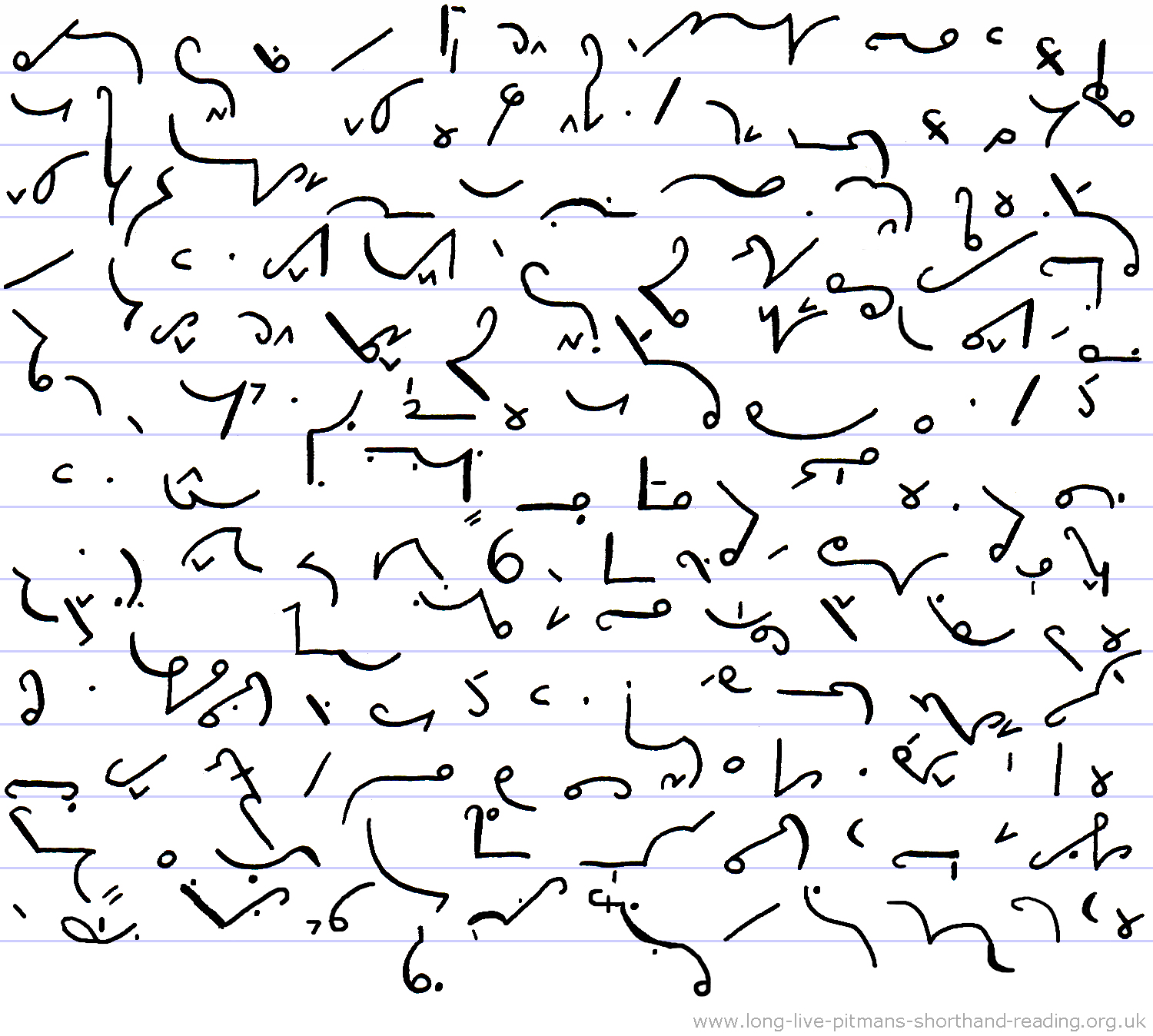
40. Circular flower beds are dotted around throughout
the ornamental gardens, with bold displays in the traditional
Victorian style. With such a large area to cover, bold is the only
style that will make any impact amongst the mature trees. The
borders are filled with a wide variety of flowering shrubs, and there
are sections where grit paths wind around behind the
shrub borders, ideal for hide and seek or to enjoy a shady walk.
In the centre is a large duck pond with a
fountain,
Canada geese, ducks, pigeons and crows. The
pigeons
seem to have an easy life here, helping themselves to duck bread and
squirrel nuts provided by the visitors, and taking naps on the
grass, unconcerned by passing people. There is a heather bed near
the pond with a continuous soft cover of brilliant yellow, green,
white and purple, which looks as if someone has turned a spotlight
on it. Blackheath is named after the dark-coloured heather that grew
on the wasteland of stony barren soil but these*
modern cultivars*
are far removed from that.
*
"but these" Insert the vowel as "but those" would also make sense
*
"cultivars" This portmanteau word means cultivated varieties
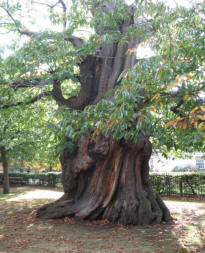
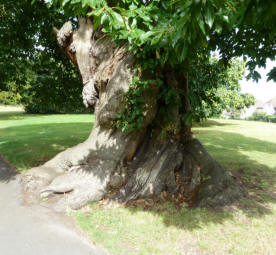
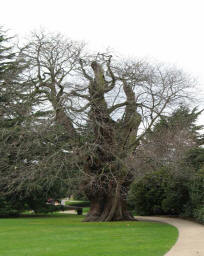
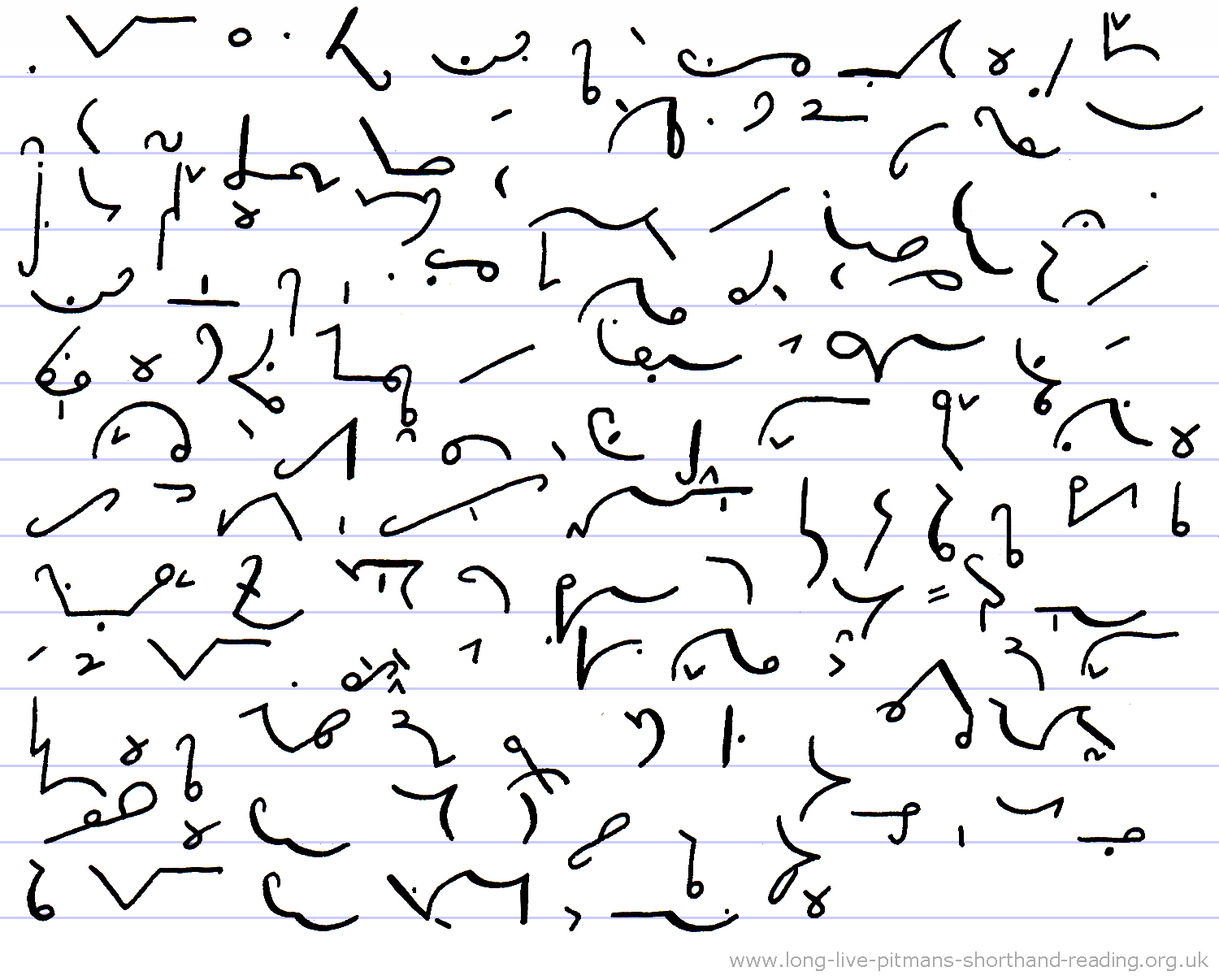
41. The park has a
large number of ancient trees of enormous girth. Each time you think
you have discovered the biggest and oldest, a short walk will
present another contender for the title. I am sure that many people
are convinced they have met an ancient oak tree, but
a glance
at the leaves shows that most of them are chestnuts*.
Their shapes and textures* are fascinating, and
the swirling folds and layers of wood seem to flow down like striped
lava. One cannot help but wonder how long ago it was that each of
these trees started its precarious journey of growth from seedling
or newly-planted cutting, and what the park, the surroundings and
the daily lives of the inhabitants were like at the time. Trees and
forests were the supermarket of their day, full of valuable
resources. Everything in them was used to its fullest extent but in
the
case of this park everything belonged to the king.
* "chestnuts" Omits the first T
* "textures" The
singular "texture" has the U diphthong written through the end of
the stroke
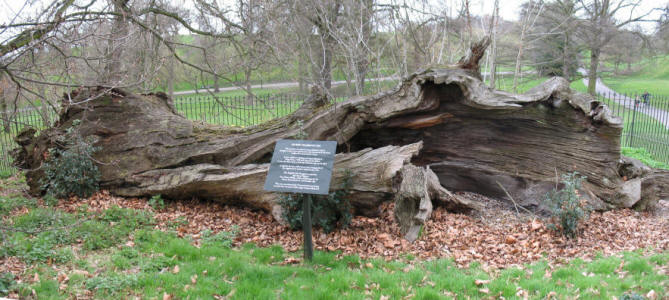
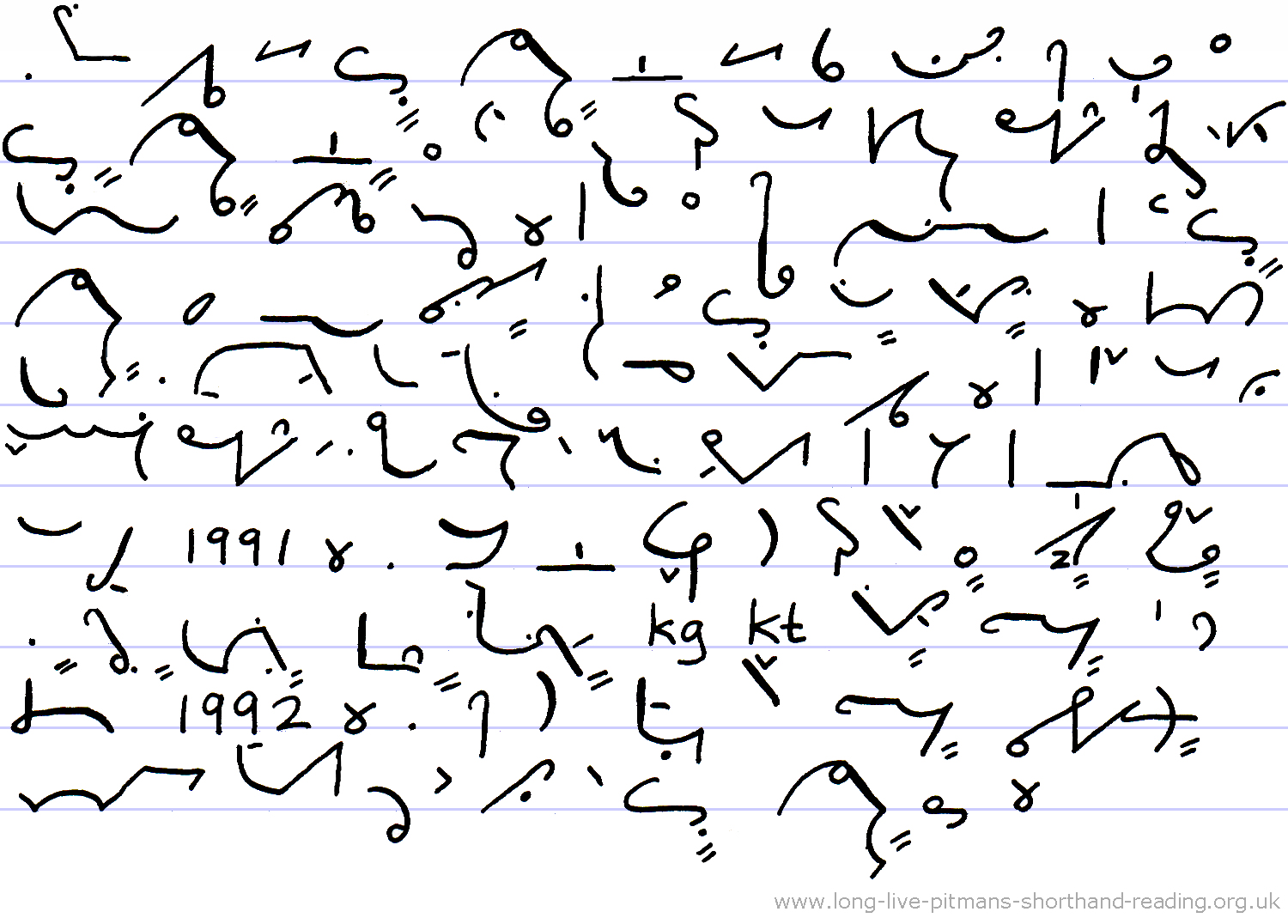
42. The plaque reads: "Queen Elizabeth's Oak
– this
ancient tree known as Queen Elizabeth's Oak is thought to have been
planted in the 12th century and it has been hollow for many hundreds
of years. It has traditions linking it with Queen Elizabeth I, King
Henry VIII and his Queen Anne Boleyn. It may also have been a
lock-up for offenders against park rules. It died in the late 19th
century and a strong growth of ivy supported it until it
collapsed
in June 1991. The English Oak alongside was planted by His Royal
Highness The Prince Philip, Duke of Edinburgh, KG, KT, Baron
Greenwich, on 3rd December 1992. The tree was donated by Greenwich
Historical Society to mark the 40 years of the reign of Queen
Elizabeth II."
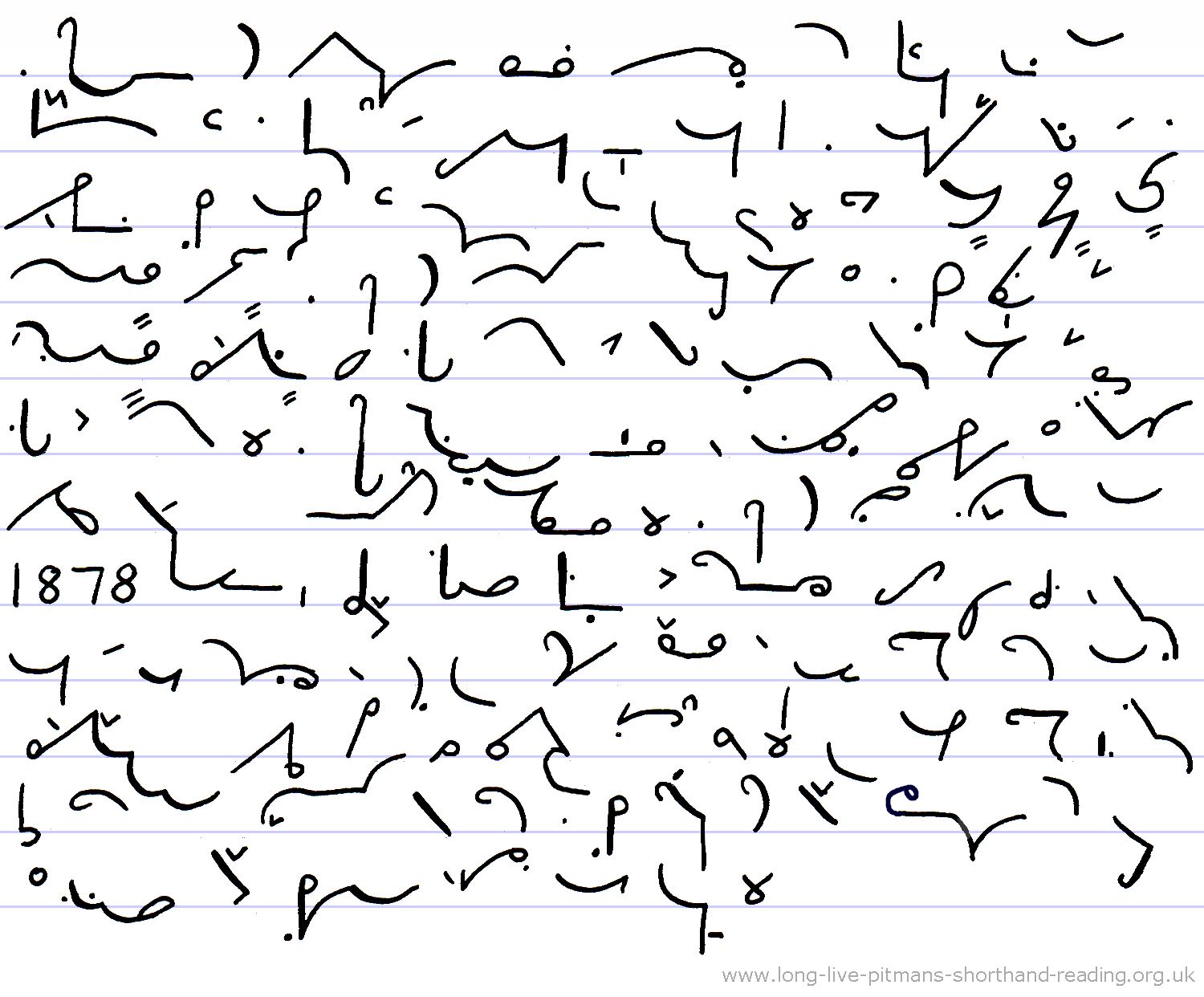
43. The trunk was reputedly 6 metres or 20 feet in
diameter, with a door and window cut into it, the interior paved and
a rustic seat installed with room for 15 people. According to
the* English
Heritage National Monuments Record, the tree was marked only as a
sweet chestnut on the Ordnance Survey first edition map, and the
above name appeared only on the second edition of the map. The
tradition of venerating oaks to enhance history has
apparently replaced botanical accuracy in this case.
The tree was last alive in 1878, but despite the advanced decay of
the fragments, one still tends to peer into and under the
remains, to see if there are signs of new growth from any surviving
roots, such is the hopeful human* spirit! If any such growth did
appear, it would more likely be from a seed brought there by
squirrel or pigeon, as evidenced by the seedling hollies in the
photo.
* Omission phrase
"according (to) the". Note "accordingly" is a full
outline.
* "human" Above the line, to
distinguish it from "humane"
https://londongardenstrust.org/inventory/picture.php?id=GRN027&type=historic&no=3
An old postcard of the dead
tree still standing and held up by ivy
www.pastscape.org.uk/hob.aspx?hob_id=662268&sort=4&search=all&criteria=Elizabeths%20oak&rational=q&recordsperpage=10
English Heritage description
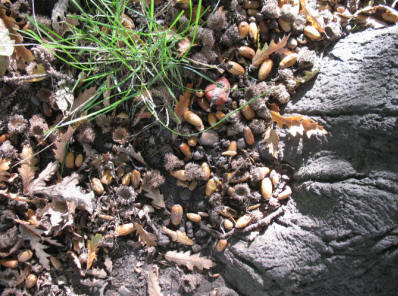
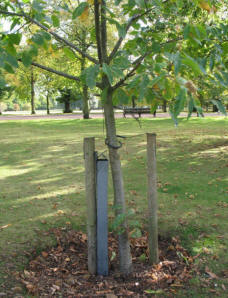
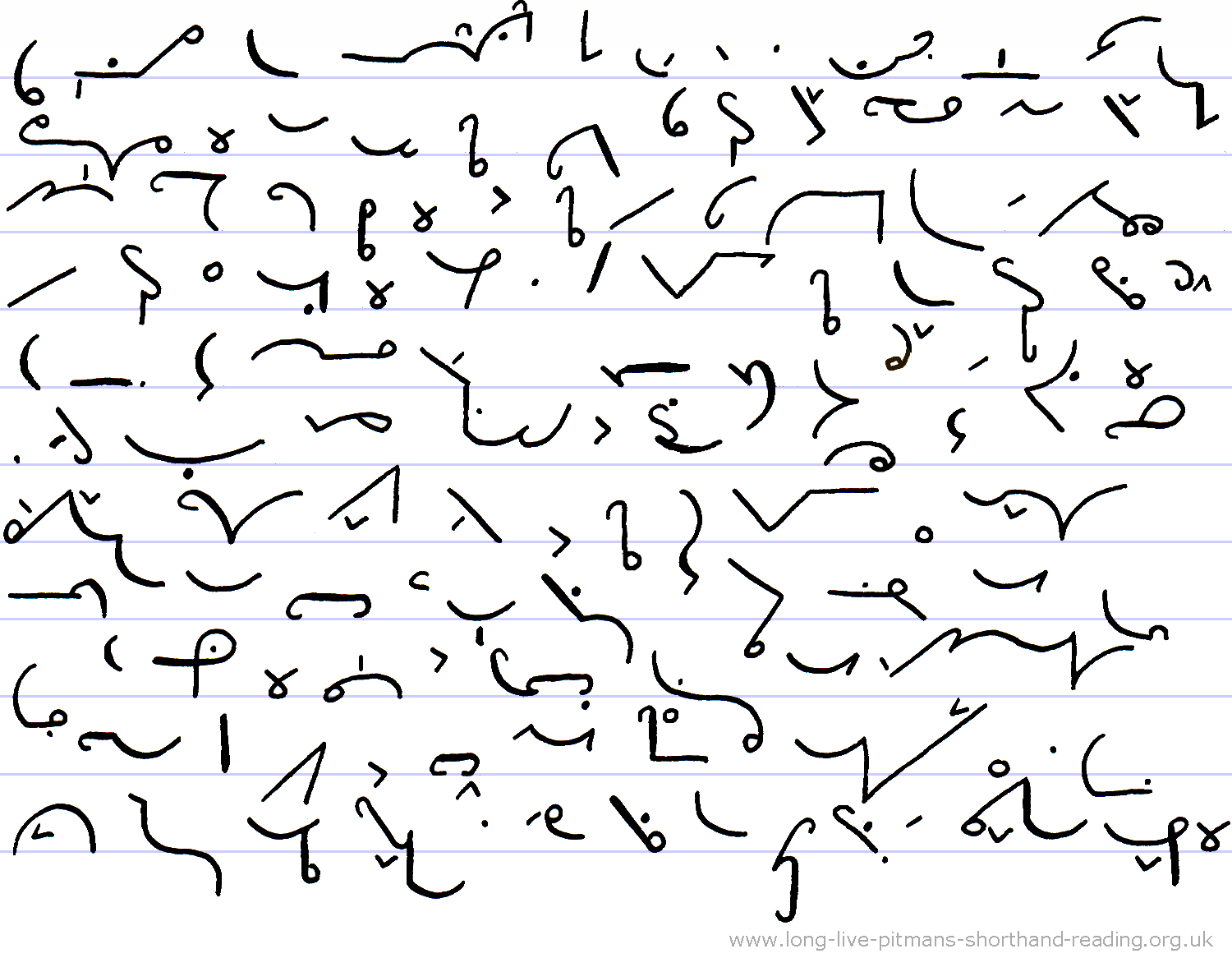
44. These acorns have
accumulated at the foot of an
ancient oak and will feed the squirrels. Any new trees will be those planted by the gardeners, and not by random growth from
seeds. All the trees are well looked after, and replacements
are planted as needed. In such a large park, the trees have plenty
of space around them, giving them the maximum potential to grow to their full
size and shape. The open
nature of most of the planting means that the grasses survive very
well* right up to the trees, so that the park is entirely covered in
green, with no bare patches except in the few thickets that exist.
Some of the evergreen* firs in the ornamental garden do
reach to the ground and in the dark interior is a thick layer
of fir needles, providing a soft base for children playing
and
hiding inside.
* Omission phrase
"very (w)ell"
* "evergreen" Insert
the last vowel in this and in "overgrown" in order to distinguish
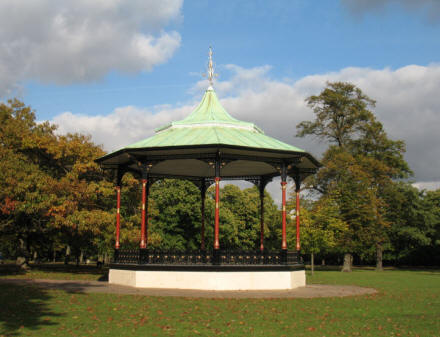

45. The octagonal cast-iron bandstand* is situated on the south
side of Great Cross Avenue. It dates from 1891 and is a Grade II listed monument*. Sunday concerts
are held during summer. On a calm
summer day we could*
sometimes hear the faint sounds of the band at our home several streets away. Every visit to the park began with listening for any
possible music coming from that direction, and, if heard, we would make our way to the bandstand* instead of
the flower gardens. The stand would be surrounded by a circular sea of
deckchairs and an atmosphere of contented relaxation and friendliness,
reminiscent of a family outing to the seaside.
* "ba(n)dstand"
Optional contraction
* "we could" Not phrased, so it does
not look like "we can"
* "monument"
The U diphthong cannot be placed against the final halved N because here that stroke
represents "-ment"
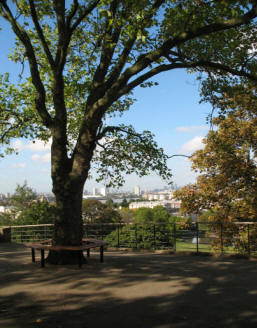
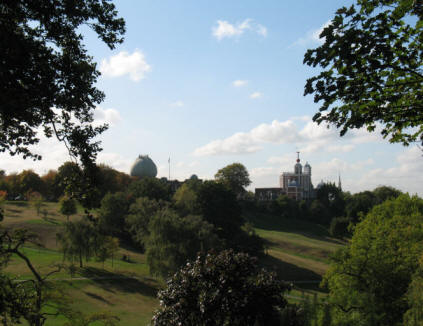
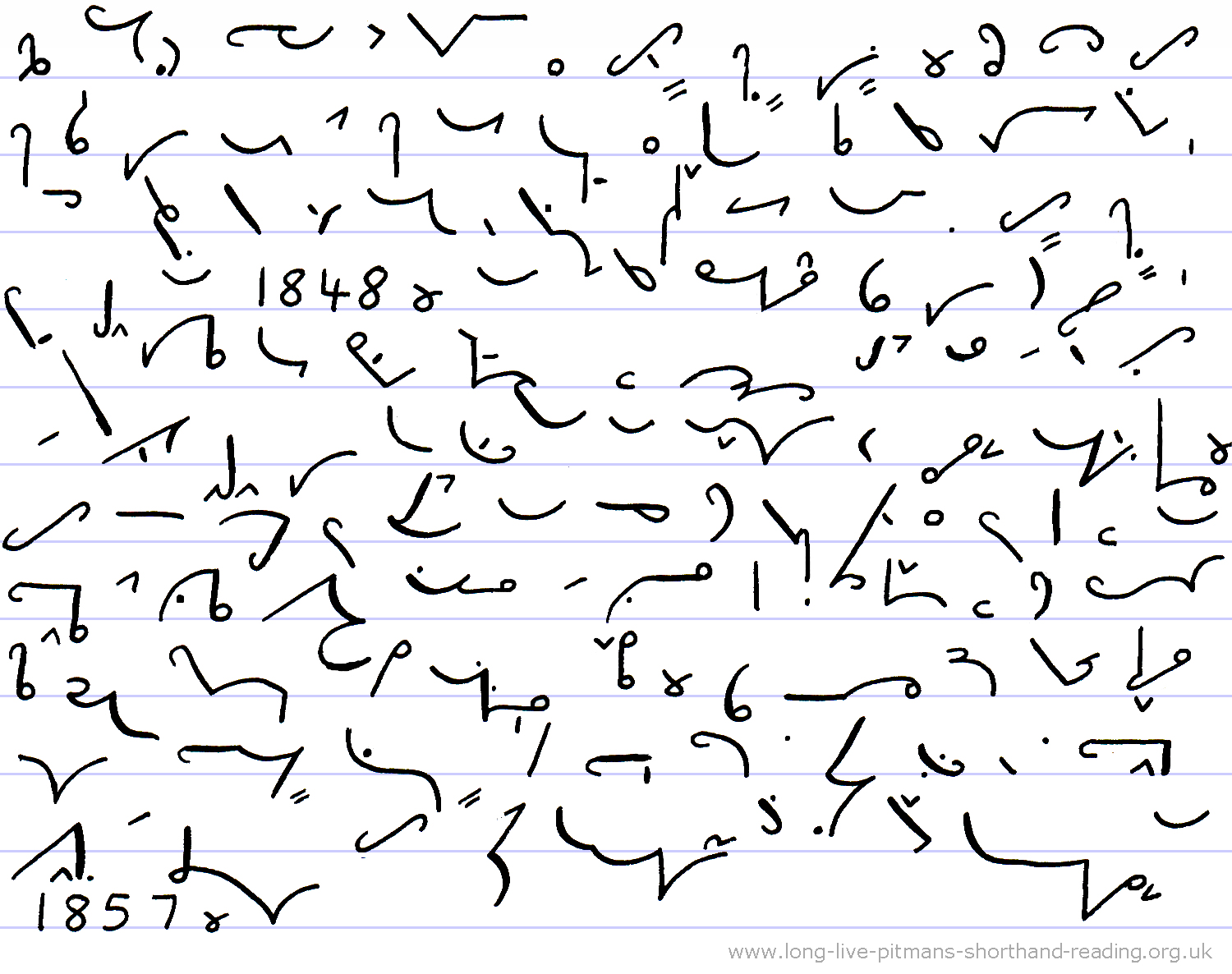
46. Towards the north-east corner of the
park is One Tree Hill. There
is more than one tree on this hill now, and the tree in the photo is
doing its best to look the part, but cannot possibly be old enough
to bear the title – in fact* the "One Tree" blew down in 1848. In
past centuries this hill was used on public holidays for the sport
of tumbling, when men and women* joined hands and all ran, and
rolled, down the hill for fun, not entirely without serious injury
at times. One can imagine people joining in against their better
judgement, as people do when in crowds, and the ladies revealing
ankles and legs at a time when their normal dress would not have
permitted such indecorous sights. These games were part of the twice-yearly
Greenwich Fair, which grew from a genteel* event to a crowded, rowdy
and disorderly one, and which was eventually banned by the
Victorians in 1857.
*
Omission phrases "in (f)act" "men
(and) women"
* "genteel"
Insert the second vowel, so that it does not look like "gentle"
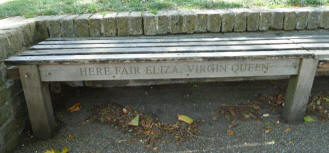









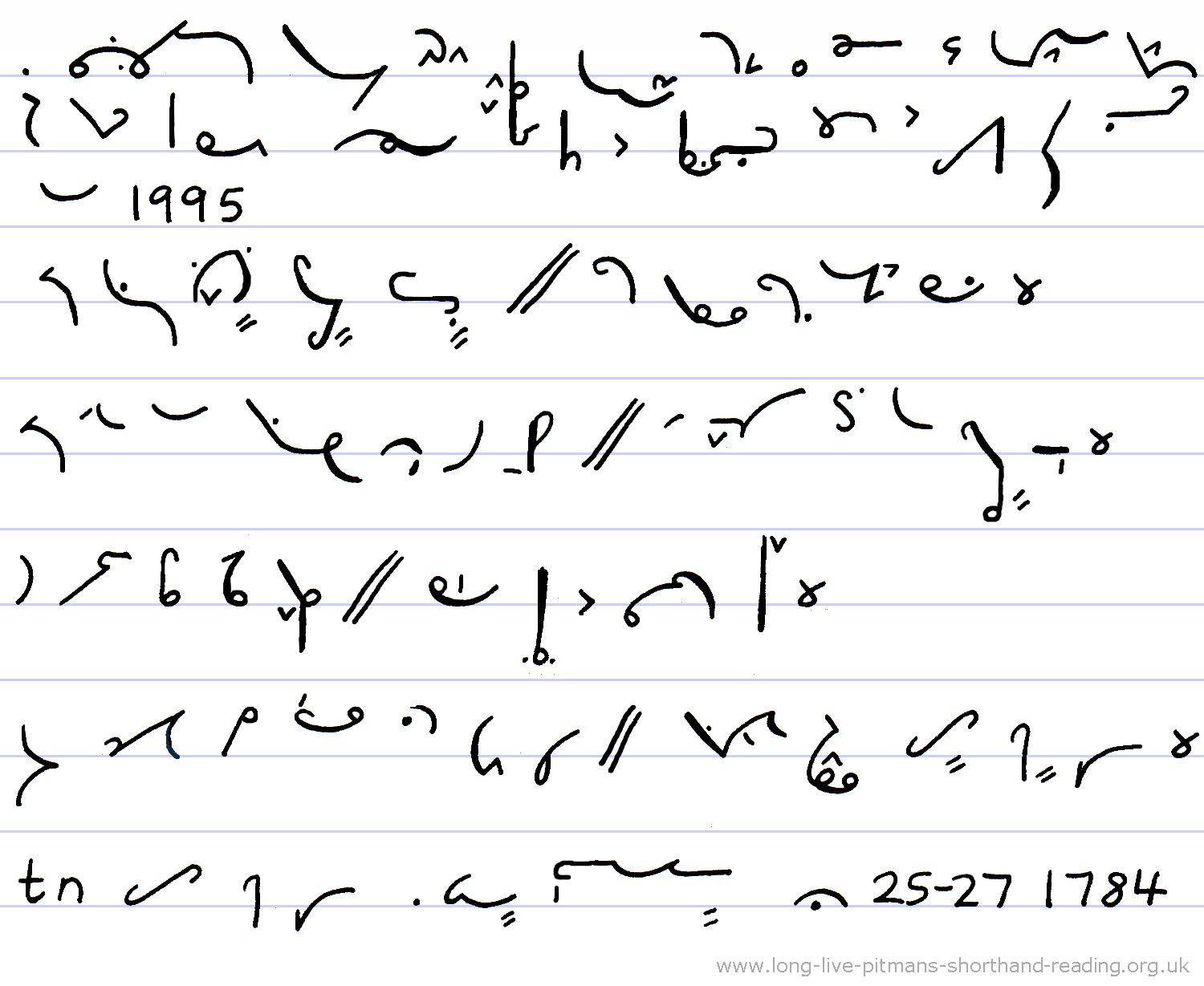
47. The semi-circular bench
around
the outside of the viewing area is inscribed with the following poem, although
part of it is now missing due to the disintegration of some of the wood, which
was carved
in 1995:
Here fair Eliza, Virgin Queen
From business free, enjoy'd* the scene.
Here oft in pensive mood she stood
And kindly plan'd* for Britain's good:
So record tells and this beside,
Sung ditties to the silver tide.
Full worth such honours art thou still,
Belov'd* of
thousands, One Tree Hill.
T.N. One Tree Hill, The
London Chronicle May 25-27th, 1784
* "enjoy'd" "belov'd" "plan'd" The apostrophe was used in past
centuries in poems to replace the letter "e" to show that the
syllable was not to be pronounced separately, in order to aid smooth
reading. For belovèd you would insert the vowel after the V
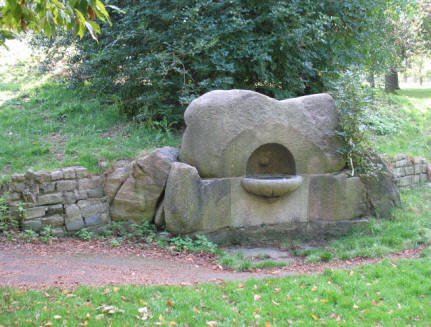
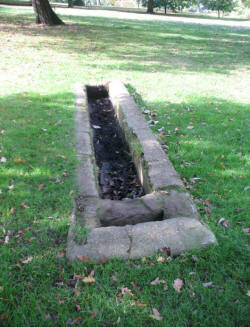
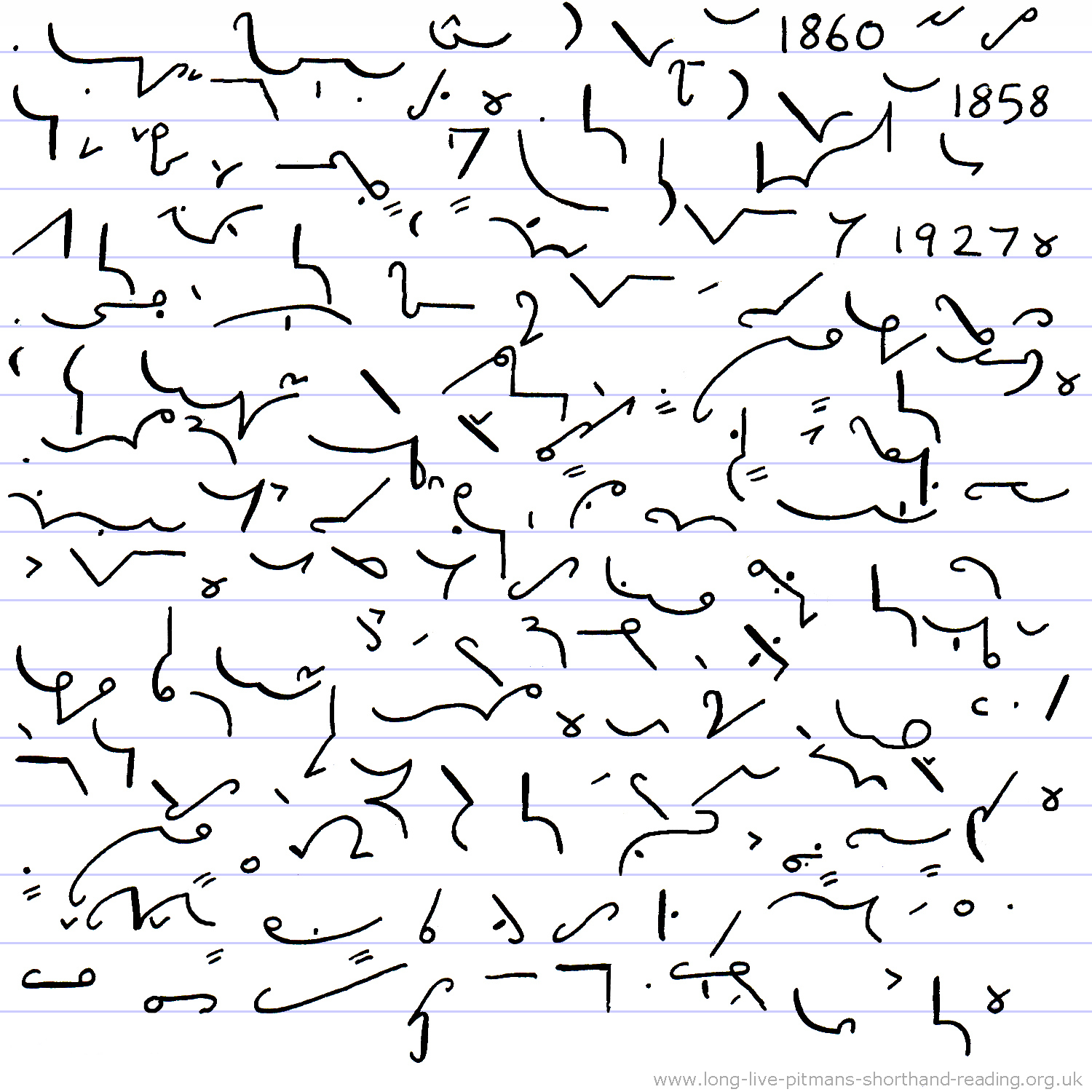
48.
The Victorian drinking fountain was built in 1860 and would once
have had a cup on a chain. The deer trough was built in 1858 on the
site of the old Keeper's
Cottage
after it was demolished, for the red deer and fallow deer that
roamed the park until 1927. The increase of motor traffic through
the park and greater visitor numbers meant that they had eventually
to be restricted to The Wilderness deer enclosure. The animals were
introduced by
Henry VIII, and the present-day remnant enjoy greater
safety but less freedom in their own* corner of the park. In the past
only one fence separated the deer from visitors at this viewing
point and people were expected to obey the notice not to feed or
touch the animals. Now there are two fences with a large gap
between, to ensure both deer and people are not harmed by each
other.
The Wilderness is also the location of the Secret
Garden Wildlife Centre, which is open one day each month, and has a
glass screen where children can get a close-up view of the deer.
(2489 words)
* "in their own"
Doubling to represent "their"
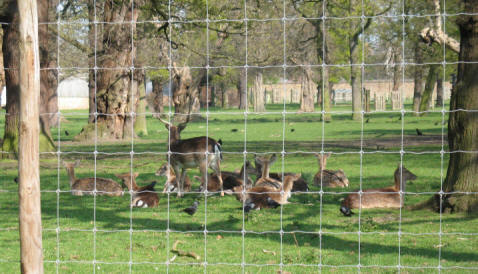
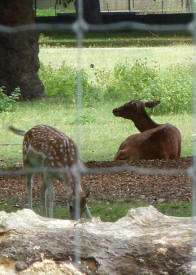
Top of page |
